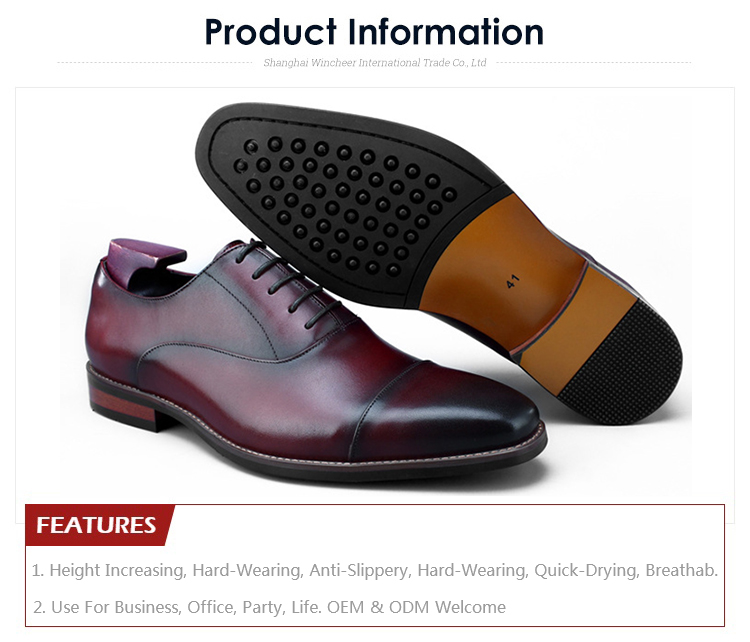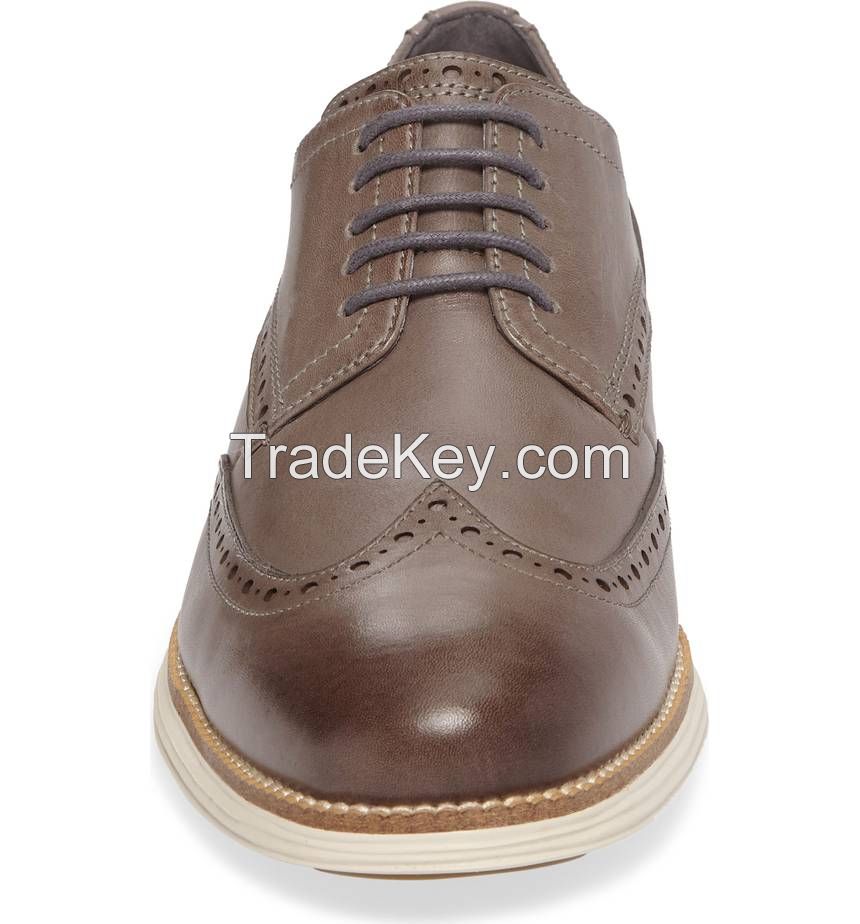Title: Genuine Leather Identification: A Comprehensive Guide
This comprehensive guide to genuine leather identification will help you determine if a leather product is truly authentic or not. From the feel of the leather to the pattern on the surface, there are numerous signs that can indicate whether or not a leather item is genuine. This guide will provide you with all of the necessary information to make an informed decision when purchasing leather goods. Whether you’re looking for a new pair of shoes, a handbag, or any other type of leather item, this guide will equip you with the knowledge to identify genuine leather and avoid fake products.
Genuine leather is a prized material that is widely used in making high-quality clothing, footwear, and accessories. However, with the increasing demand for leather products, there has also been an increase in fake leather products that are made to imitate the real thing. These fake products are not only of inferior quality but also harmful to the environment and animal welfare. Therefore, it is important to learn how to identify genuine leather to ensure that you are buying products that are both sustainable and of high quality.
Genuine leather is produced by tanning animal hides or skins using natural tannins or tannic acids. The process of tanning helps to convert the hide or skin into a strong, durable, and water-resistant material. Genuine leather has a unique texture and appearance that cannot be easily imitated by synthetic materials. It also has a natural warmth and softness that makes it comfortable to wear or use.
When identifying genuine leather, there are several key factors to look for. Firstly, genuine leather has a natural grain or texture that can be seen on the surface of the material. This grain is caused by the natural markings and wrinkles on the animal’s hide or skin. Secondly, genuine leather has a specific smell that is unique to the material. It is often described as being “leathery” or “musty”. Thirdly, when you touch genuine leather, it should feel warm and soft to the touch. It should also have some give or elasticity when bent or stretched.

In contrast, fake leather products are often made from synthetic materials such as plastic or PVC (polyvinyl chloride). These materials do not have the same natural grain or texture as genuine leather, and they often feel cheaper and more synthetic in hand. They also lack the same level of durability and water resistance as genuine leather.
Another important aspect of identifying genuine leather is understanding its sustainability. Genuine leather is a sustainable material because it is produced from animals that are naturally reared and managed in sustainable ways. The tanning process also helps to conserve natural resources and reduce waste by converting hides and skins into a valuable material that can be used for multiple purposes.

In conclusion, identifying genuine leather requires a combination of visual inspection, tactile examination, and understanding of its sustainability attributes. By learning how to identify genuine leather, you can ensure that you are buying products that are both sustainable and of high quality.
Articles related to the knowledge points of this article:
Title: The Timeless Allure of Jinlilai Ties: A Masterpiece of Fashion and Elegance
Title: How to Properly Tie a Tie with a Bow Tie Clip
A Review of the Light Brown Feather Jacket
Title: A Comprehensive Guide to Italian Silk Scarves Brands
The Jacket Factory Store: A Destination for Cold-Weather Apparel
Title: The rise of mens down jackets: Fashion or functionality?



